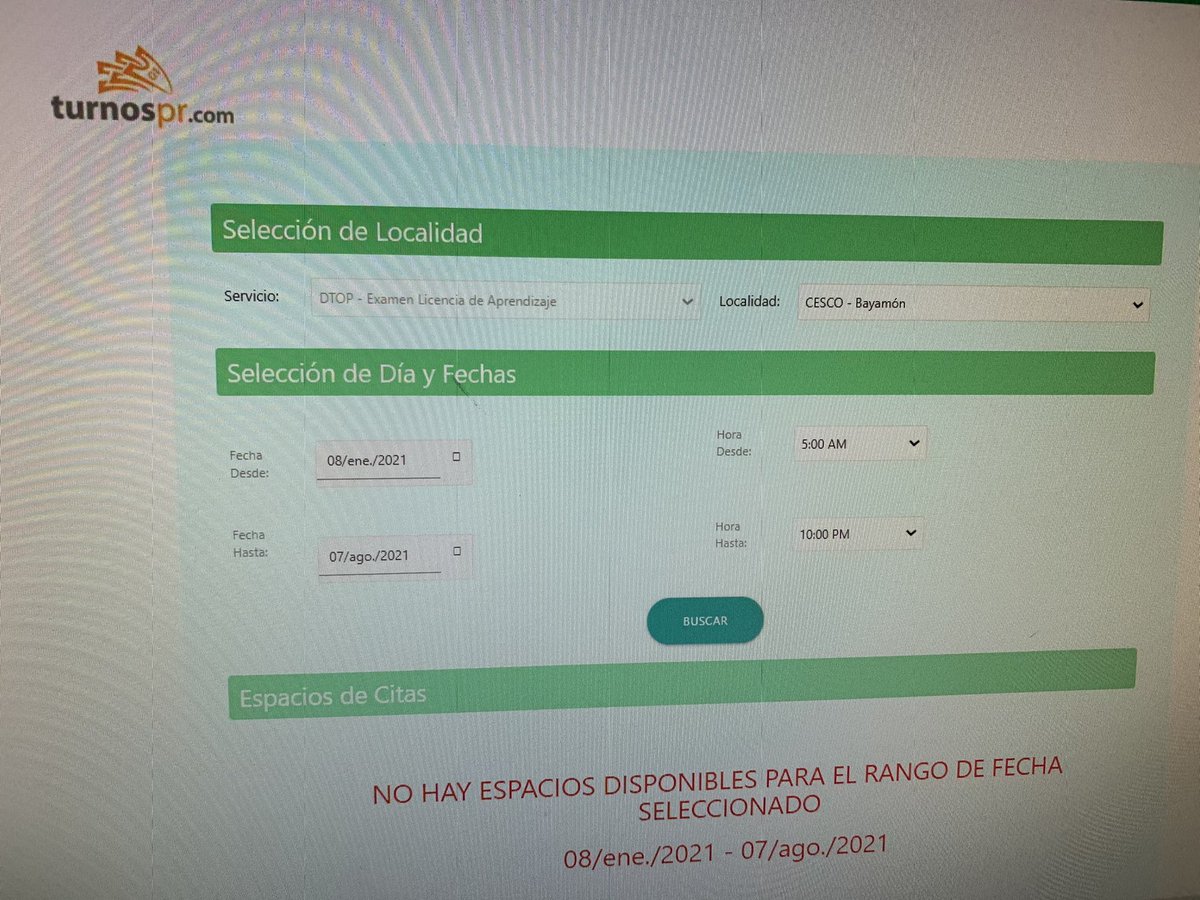

The responsibility of supervising the schools condition is split between the AEP and the Office for the Maintenance of Public Schools (OMEP, in Spanish), but neither agency regularly examines the schools infrastructure, said José Izquierdo-Encarnación, who has chaired the AEP’s Board four times. The CPI confirmed that there is also no directory indicating which schools have the short column construction defect, which has been detected as a determining risk factor. The agency has not provided any of these data other than saying through the deputy undersecretary of Administration that “a firm of architects and engineers” complied with the recommendations. The CPI also asked for the list of companies hired to do the for schools inspections after the hurricane and how much they charged, the list of schools closed from 2000 to 2018, and whether the recommended post-hurricane structural inspections were carried out. The Government has been unable to produce a complete list of closed and open schools, and the year they were built.Īs part of the request, the CPI also asked the DE which schools closed due to damage caused by María, where were the students transferred to, and how many were they. Both agencies confirmed that this information was not being used for inspections. The Center for Investigative Journalism (CPI, in Spanish) asked the DE and the Public Buildings Authority (AEP, in Spanish) for information about the year the schools were built and it took both agencies five days to produce fragmented documents, with only some of the data.

At a first glance, the one-story structure looks solid, except for some missing balusters in its fence.Īfter the Agripina Seda school collapsed, the DE ordered the inspection of all public schools despite lacking essential information, such as the year they were built. McDougall Elementary School, built in 1918. Two blocks from the school where the young man studied until last semester, is the Maria L. Although, he says, “the Elsa Couto, of the Fuig, looks good.” Jean Carlos is one of four siblings, two of them elementary level students, who anticipates he will begin studying his next semester in a converted shipping container. From what he has seen in his town, he believes none of the nearby schools are in conditions to receive students. Jean Carlos-Hernández, a seventh grader and resident of La Esperanza, strolls in front of this high school. On the facade of the Áurea Quiles Claudio school you can see cracks in the entrance stairs and on the roof of the second floor. Vidal | Center for Investigative Journalism Guánica has seven schools, according to the 2018-2019 list published by the DE, of which Feliciano-Acosta believes none is suitable to receive students after the quakes.

They tell you in the plan that it is certified,” said Feliciano-Acosta, while recalling that as director he was able to identify defects in the structure due to a three-story expansion built in the early 1970s. “They lied to us,” he said when questioning the DE’s certification that ensured the school built in 1973 could resist an earthquake. 7 he remembered that while he ran the school drills were common and that the Education Department (DE, in Spanish) gave them a “multi-risk plan” after certifying that the building could resist a tremor. Seeing the ruins of the structure toppled by the 6.4 magnitude earthquake on the Richter scale that shook Puerto Rico at dawn on Jan. In the 80s, he was a teacher in that school and between 20 was its director. Carlos Feliciano-Acosta, a native of La Esperanza neighborhood in Guánica, was a student at the Agripina Seda School in the 1970s.


 0 kommentar(er)
0 kommentar(er)
